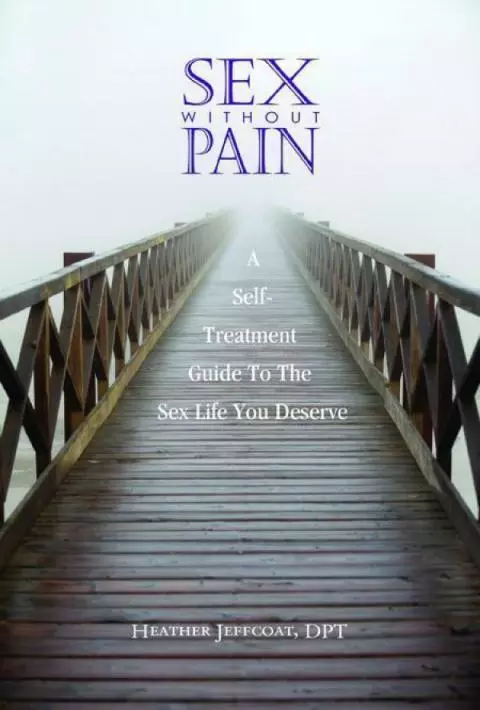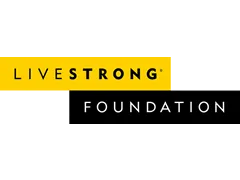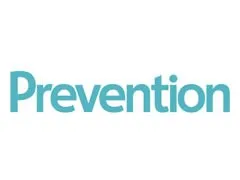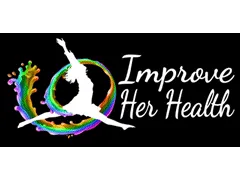Many people start like to start the new year off with exercise regimens and plans to lose weight.
Unfortunately, often times women who start exercise programs to lose weight also lose their ability to control of their bladders and experience urine leakage during physical activity, otherwise known as stress urinary incontinence (SUI).
So what makes certain exercises more leak-prone? Which exercises put less stress on your pelvic floor? Read on to find out.
Why would exercise make you leak?
One leading hypothesis for what causes stress urinary incontinence is that sudden increases in abdominal pressure can put stress on the pelvic floor muscles, reducing the muscles’ “elastic recoil” which a muscle’s ability to rebound after a sudden stretch, which can cause weakness and reduced performance. As we’ve talked before in our blog series about pelvic organ prolapse, when the pressure in the tummy is stronger than the supporting muscles, tissues and tendons, things tend to travel south. If you are doing high-intensity activities like sprinting, jumping, lifting, and crossfit, you may be increasing your abdominal pressure without enough pelvic floor support to help your organs from shifting.
High Impact Exercises and Increased Prevalence of SUI
In general, higher impact sports, such as basketball, volleyball, and tennis have a higher prevalence of urinary incontinence vs. lower impact sports such as swimming and pilates (de Mattos Lourenco, et al., 2018). A recent article by Yang et al. (2019) found that SUI prevalence is higher in women who participate in CrossFit vs. aerobics. Certain sudden movements, including jumping and sprinting, tend to cause more leakage than slower, steadily paced movements.
The following is a list of exercises found to have higher prevalence of SUI in study participants from both the Mattos Lourenco and Yang studies:
High Impact Exercises That Cause More Leakage:
- Jumping rope and “double-unders”
- Box jumps
- Squats with weights
- Trampoline jumping
- Thrusters
- Basketball
- Football
- Gymnastics
- Tennis
- Hockey
- Judo
- Running
- Softball
Low impact activities with reduced pressure on the pelvic floor
- Bodyweight training
- Walking
- Water aerobics
- Roller blading
- Cycling
- Hiking
- Pilates
- Swimming
What You Can Do
Don't be afraid to exercise, the key is to pick the right exercises that don’t cause you leakage. Choose exercises that off the “just right challenge” to your body.
Participate in lower impact activities if you are leaking
Low impact activities have less prevalence of urinary incontinence. Activities like weighlifting, cycling, hiking, pilates, yoga, and swimming are examples of low impact activities. If you are in an aerobics class that requires a lot of jumping, modify the movement to stay stationary on the ground: an example would be instead of jumping jacks, you could do squats or alternate bringing one leg out at a time.
Strengthen Your Pelvic Floor
Are you doing low impact activities and still leaking? You might need to strengthen your pelvic floor. Don't know how? Check out the Femina blog for articles about kegels.
Still confused? Come see us! The pelvic floor therapists at Femina PT are ready to help, make an appointment today.
Exhale with Movement
One common cause of incontinence and increased intra-abdominal pressure is holding your breath. Breathe when you move! Avoid exercises that make you bear down and DO NOT hold your breath while exercising.
Try exhaling with the following activities:
- Exhale with exertion during exercise. Examples: when you bring a hand weight up into a bicep curl, exhale. When you push up from a squat, exhale.
- Exhale while lifting (weights, baby, groceries)
- Exhale while pushing anything (luggage, strollers, trash can, shoveling)
- Exhale while you are bending over during exercise (stretching)
- Exhale while reaching overhead (pull-ups, weight lifting)
Steady Breath While you Exercise
Practice a steady breath throughout your entire exercise session. This will help regulate your abdominal pressure and the pressure placed on your bladder.
Some Tips:
- Relax shoulders and upper chest
- Breathe in slowly to fill the lungs fully
- Breathe out slowly through the mouth or nose
- If you are feeling winded, bring your heart rate back down until you can breathe easily again
Use a pelvic brace and do your pelvic floor exercises daily.
Don’t know what I’m talking about? Find a pelvic floor therapist to help you. Pelvic floor therapists are trained to fully assess what is going on in your body in order to fully understand what is contributing to any urinary incontinence.
Resources
De Mattos Lourenco, Matsuok, Baracat, Haddad. 2018. Urinary incontinence in female athletes: a systematic review. International Urogynecology Journal 29 (12):1757-1763.
Yang, J, Cheng, JW, Wagner, H, et al. The effect of high impact crossfit exercises on stress urinary incontinence in physically active women. Neurourology and Urodynamics . 2019; 38: 749– 756. https://doi.org/10.1002/nau.23912









































































































































